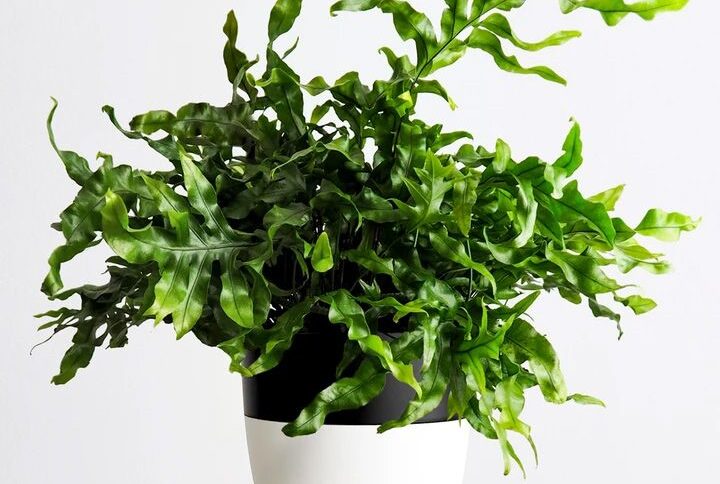The Sago Palm, scientifically known as Cycas revoluta, is a striking and ancient plant known for its dramatic, feathery fronds that radiate from a central trunk. Despite its name, the Sago Palm is not a true palm but a cycad, one of the oldest plant groups on Earth. This hardy plant is admired for its bold, architectural form and glossy, dark green leaves, making it a popular choice for indoor and outdoor decoration. The Sago Palm is slow-growing and can live for many years, adding a touch of timeless beauty to your space.
Dimensions:
- Height: Typically 1 to 2 feet indoors, can reach up to 3 feet with time.
- Width: Spreads about 2 to 3 feet.
Care:
- Light: Prefers bright, indirect light but can tolerate some direct sunlight. Can also adapt to lower light conditions.
- Water: Allow the soil to dry out between waterings. Water thoroughly when the top inch of soil is dry. Reduce watering in winter.
- Soil: Requires well-draining soil, such as a cactus or palm mix.
- Temperature: Thrives in average room temperatures between 65-75°F (18-24°C). Keep away from cold drafts and temperatures below 50°F (10°C).
- Humidity: Prefers moderate humidity but can adapt to normal household humidity levels. Increase humidity by misting the plant or using a humidifier if needed.
- Fertilizer: Feed with a balanced, slow-release fertilizer during the growing season (spring and summer). No need to fertilize in winter.
- Pruning: Remove any yellow or brown fronds at the base to maintain appearance and encourage healthy growth. Be cautious as the plant has sharp spines.














Wpbingo –
Lorem ipsum dolor sit amet, consectetur adipiscing elit, sed do eiusmod tempor incididunt ut labore et dolore magna aliqua. Ut enim ad minim veniam, quis nostrud exercitation ullamco laboris nisi ut aliquip ex ea commodo consequat. Duis aute irure dolor in reprehenderit in voluptate velit esse cillum dolore eu fugiat nulla pariatur.